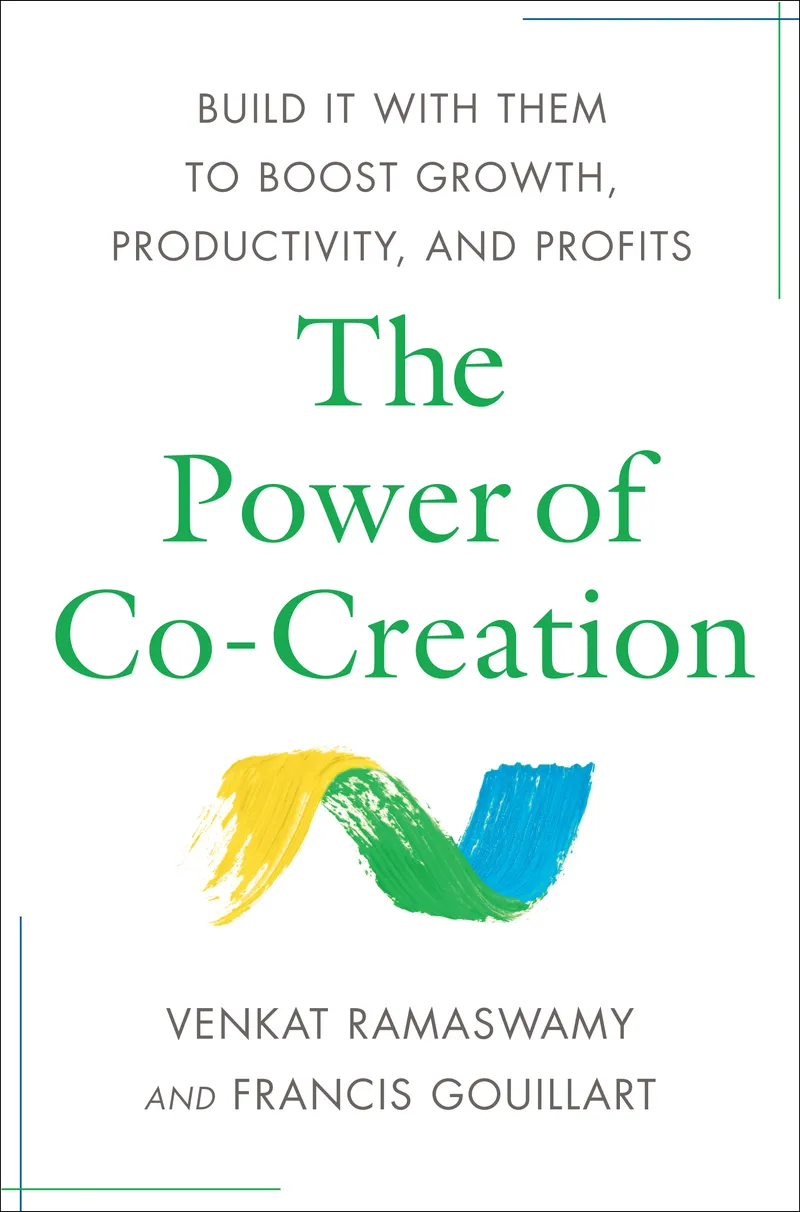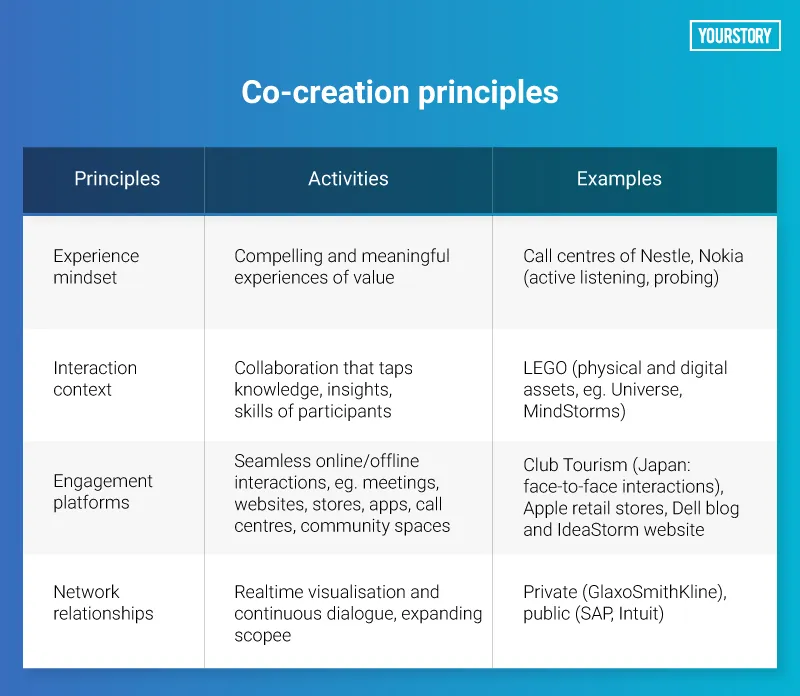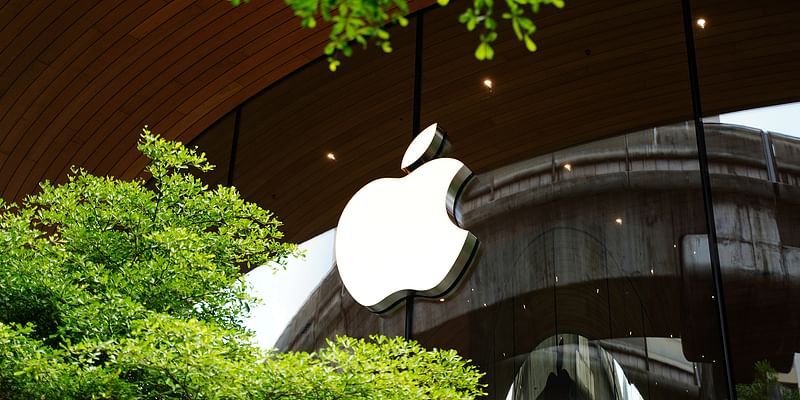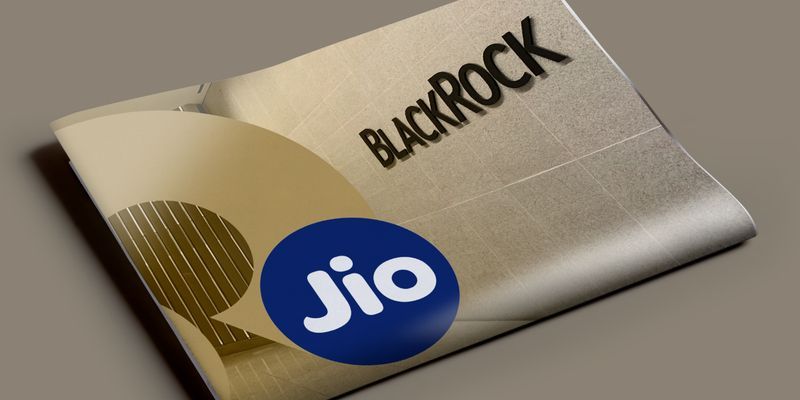The power of co-creation: how to redefine products, services and strategy
Customers are no longer passive recipients of products and services – they are informed, active, vocal, and empowered stakeholders, and need to be engaged via co-creation, as this book argues.

The inter-connected digital society is forcing companies to think beyond the firm to people, networks, relationships, and platforms. Apple’s app store developer partnerships, Nike’s partnership with Apple for Nike+, and Starbucks’ online platform MyStarbucksIdea.com to tap into customer ideas have been notable successes of the co-creation model.
From agile startups to progressive corporates, co-creation is redefining the way organisations engage internally (with employees) and externally (with customers, suppliers, partners, and other stakeholders). Widening the process base of value creation and engaging participants in enriched experiences helps formulate new breakthrough strategies, design compelling offerings, transform management processes, lower risks and costs, and increase market share and loyalty.
Frameworks and case studies of co-creation are well-explained in the book, The Power of Co-Creation: Build it with them to boost growth, productivity and profits. This foundational book by University of Michigan professor Venkat Ramaswamy (who coined the term co-creation with CK Prahalad) and consultant Francis Gouillart (author of Transforming the Organisation) shows how co-creation can be made to work in sectors ranging from education and government to business and civil society.
A number of other books have been published on co-creation, such as The Co-Creation Paradigm, Brand Together, Collaboration and Co-creation, and The 7 Principles of Complete Co-Creation. See also my reviews of the related books, Peers Inc and The Sharing Economy.
While productivity, quality, and lean thinking are still important, co-creation opens up new avenues for sustainable growth, innovation and productivity. Innovation now happens not just top-down and inside-out, but outside-in and bottom-up.
“People today are highly connected and networked, sharing their experiences of using products and services they use; they want an ongoing conversation with the organisations they do business with and with each other; and they want their voices heard,” the authors begin. Customer communities reveal that consumers are looking for a sense of meaning and purpose from companies.
Co-creation principles
Co-creation is powered by the experience mindset, interaction context, engagement platforms, and network relationships (see my summary in Table 1). “Co-creation is both the means and the end, in a continuous cycle,” the authors explain. “It is a full philosophy of business,” they add. Companies need to engage with stakeholders individually and collectively in defining as well as delivering value.

The Nike-Apple partnership showed how co-creation helps companies get direct inputs from customers, learn from them, generate new ideas rapidly, conduct experiments quickly, reduce innovation risk, and build trust and loyalty. This two-way learning engine generates strategic capital while also boosting sales and branding.
Co-creation leads to mutual value: benefits also accrued to runners and the athletic community, eg. new resources, lower risk in product choice, reduced search costs for connections, immersive experiences. Nike lets users customise certain aspects of shoe design as well, which reveals new insights on their preferences.
Starbucks leveraged the online consumer base to get inputs on product development, store design, and customer experience. Continuous iterative engagement led to new insights on environmental and social responsibility, for example ethical sourcing, environmental stewardship, grassroots community involvement, engagement with local artisans. Digital platforms have served as a “catalyst for conversation and connection” in this regard.
Scope of co-creation
Co-creation helps transform innovation, business networks, and social ecosystems, as I have summarised in Table 2. “Co-creation is a continuous and ever-evolving journey that mobilises an ever-expanding universe of stakeholders and relationships in the social ecosystem,” the authors explain.
Engagement platforms can begin with small sandboxes of offline or online interaction with a pilot set of internal or external stakeholders, then progressively expand along all four dimensions. Examples include TiVo (from recording to sharing of content), AmazonFresh (first-mile and last-mile features), Jabil Circuit (component design and repair), and Dassault Systems (software for design in all sectors).

Management change for co-creation
Some of the process and culture challenges of co-creation lie in its exploratory and experimental nature, where participants are not sure of what they want or be able to articulate it. This calls for trust, imagination, faith, empathy and passion.
In a phase-wise manner, the French Postal Service’s La Poste Retail division re-designed its post offices to move away from the “wall” mentality, engaged passionate employees with equally passionate customers, changed its office hours in keeping with customer needs, introduced new performance metrics, and formed new teams between local and central offices. The process of change itself was co-created between internal and external stakeholders.
Cisco moved to a “engage and co-create” model rather than “cascade and align” via initiatives themed around future of work, commerce transformation, idea competitions, and team-based metrics. Predica developed a deeper understanding of its potential insurance customers by inviting them to share “my first savings” stories. HCL employees can pose questions directly to the CEO, with some answers shared publicly; intrapreneur initiatives promote more internal creativity.
Kaiser Chemicals improved its “collective sense and respond” capabilities via a series of open data-rich websites, shared best practices for farmers, academic partnerships, and internal workshops on group metrics. Caja Navarra bank lets customers have inputs on where the bank should spend its money, and shares information on which investments have been profitable; customers also vote on philanthropy projects.
Citizens of Seoul get to suggest ideas to government and vote on each others’ ideas; they are involved in policymaking around issues like bicycle lane support and maintenance, thus going beyond the usual complaints focus of other e-government initiatives. In Rio Grande do Sul, Brazilian entrepreneurs, industry, civil society and government jointly worked on Agenda 2020, with a consensus-based referendum.
In sum, core components of co-creation are engagement, experience, empathy and empowerment. Companies need to master not just their own internal processes via Kaizen or Six Sigma, but also “customer processes” with respect to their needs and aspiration.
Organisations need to learn how to learn, nurture, share, and deploy knowledge across traditional boundaries, thus pushing the traditional models of knowledge management. This requires becoming a “nodal enterprise” based on ecosystem metrics, and goes beyond existing models of crowdsourcing.
In the long run, co-creation will play a major role in designing our economy (“co-creative capitalism”) and society. Self-interest and collective interest need to go hand in hand.
The best way to anticipate the future is to co-create it, the authors sum up.











